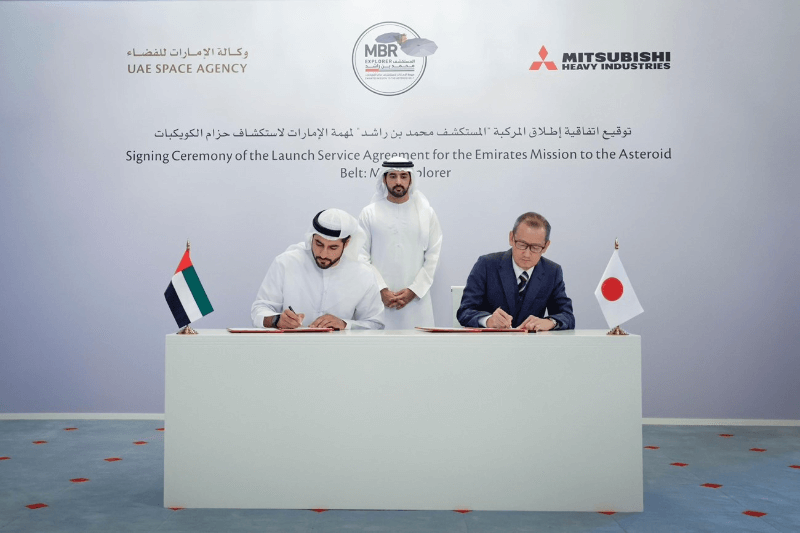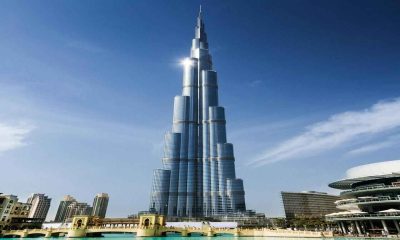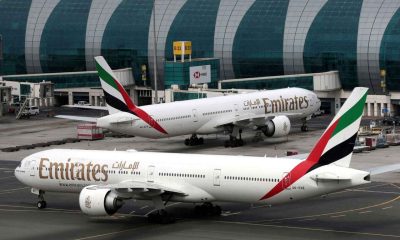HH Sheikh Hamdan bin Mohammed, Deputy Prime Minister, Minister of Defence and Chairman of the Supreme Space Council, recently attended the signing of an agreement for the launch of the ‘Mohammed Bin Rashid Explorer’ spacecraft aboard the H3 rocket in 2028.
The initiative is one of the largest space missions undertaken by the UAE. His Highness noted that the mission to explore the prominent asteroid belt is a pivotal step in the UAE’s ambition to become a major player in the global space race.
Mohammed Bin Rashid Explorer for better space exploration
Commenting on the occasion, Sheikh Hamdan said that the agreement involving the UAE space agency and Mitsubishi Heavy Industries for the launch of the spacecraft is a strategic step to bolster the UAE’s standing in space science.
Investing in the space sector reinforces the UAE’s leadership in science and technology, His Highness noted, adding the Emirates mission to the asteroid belt is one of the country’s biggest projects, reflecting the UAE’s ambition to build a better future.
Set for launch in early 2028, the initiative builds on the success of the ‘Hope Probe’ Mars mission. The agreement marks the third UAE-Mitsubishi Heavy Industries collaboration for national space missions, after KhalifaSat in 2018 and Hope Probe in 2020.
The Mohammed Bin Rashid Explorer carries four advanced scientific instruments. These entities are going to measure the surface composition, geology, temperatures and other properties of many asteroids, to assess the stages of their surface evolution.
First asteroid encounter expected around February 2030
The Emirates mission to the asteroid belt is a 13-year journey – 6 years dedicated to spacecraft development and the remaining 7 years for exploring the asteroids. The spacecraft is set to perform close flybys of multiple asteroids, gathering invaluable information.
The initiative involves a 5-billion-kilometre journey. Gravity assist maneuvers from different planets including Earth is going to optimise its trajectory for the important flyby campaign. The first asteroid encounter could be expected around February 2030.






















